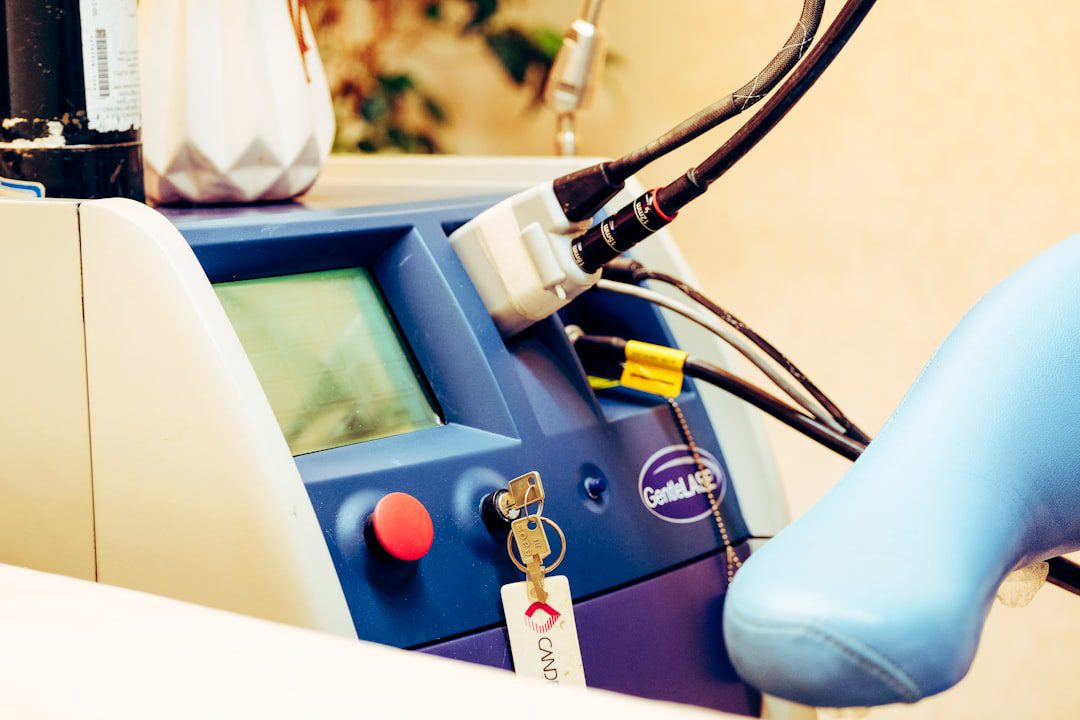
FDA Communication Pilot Reveals Enhanced Recall Transparency
The FDA has issued an updated alert regarding infusion pump issues from Fresenius Kabi USA, marking a significant development in the agency’s Communications Pilot to Enhance the Medical Device Recall Program. This communication represents the FDA’s evolving approach to recall transparency and provides crucial insights for medical device manufacturers navigating post-market surveillance requirements.
Understanding the Enhanced Communication Framework
This alert is part of the FDA’s pilot program designed to improve how recall information reaches healthcare providers and patients. The initiative reflects the agency’s recognition that traditional recall communications often fail to reach end users effectively, particularly in complex healthcare supply chains.
Key aspects of this enhanced communication approach include:
- More frequent updates on recall status and remediation progress
- Clearer risk categorization and clinical impact assessment
- Direct communication channels to affected healthcare facilities
- Enhanced coordination with manufacturers throughout the recall process
Critical Implications for Infusion Pump Manufacturers
Infusion pumps represent one of the highest-risk medical device categories, with the FDA historically receiving thousands of adverse event reports annually. This updated alert underscores several compliance priorities:
Post-Market Surveillance Obligations
Under 21 CFR 806, manufacturers must establish and maintain procedures for receiving, reviewing, and evaluating complaints. The Fresenius Kabi case highlights how proactive monitoring can identify systemic issues before they escalate to Class I recalls.
Risk Management Integration
ISO 14971 requires ongoing risk management throughout the product lifecycle. Manufacturers should evaluate whether similar pump mechanisms in their portfolios could present comparable risks and update risk management files accordingly.
Actionable Compliance Steps for Medical Device Manufacturers
Immediate Actions
- Review Communication Protocols: Assess your current recall communication procedures against the enhanced FDA framework
- Audit Similar Products: If manufacturing infusion pumps or similar fluid delivery devices, conduct immediate risk assessments
- Strengthen Complaint Handling: Ensure your complaint review process can identify patterns that might indicate systemic issues
Long-term Strategic Considerations
- Enhance Post-Market Surveillance: Implement proactive monitoring systems that go beyond minimum regulatory requirements
- Improve Customer Communication: Develop clear, accessible communication templates for various recall scenarios
- Strengthen Supplier Oversight: If using third-party manufacturers, ensure they understand enhanced communication expectations
Regulatory Risk Mitigation Strategies
The FDA’s enhanced communication pilot signals increased scrutiny of how manufacturers handle post-market issues. To minimize regulatory risk:
- Document everything: Maintain comprehensive records of all communication efforts and stakeholder feedback
- Proactive engagement: Don’t wait for FDA requests—voluntarily provide updates on remediation progress
- Cross-functional coordination: Ensure regulatory, quality, and clinical teams collaborate throughout the recall process
Looking Ahead: Preparing for Enhanced Oversight
This pilot program likely represents the future of FDA recall communications. Forward-thinking manufacturers should view this as an opportunity to demonstrate commitment to patient safety and regulatory excellence. By exceeding current communication requirements, companies can build stronger relationships with both regulators and customers while potentially reducing liability exposure.
The enhanced transparency also means that recall communications will reach broader audiences more quickly. Manufacturers must be prepared for increased public scrutiny and should have crisis communication plans that account for this new reality.


No comments yet. Be the first to comment!